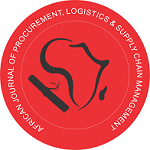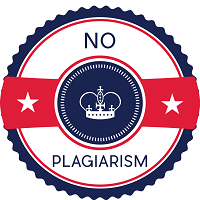Suzzy Krist Addo
School of finance & Financial Management | Business University of Costa Rica
Email: allagebeautyent@gmail.com
Abstract
3PL Logistics Service Providers are many in the market. There are players from Multi National background, regional players, local companies and individually managed business organizations. Warehousing business, on the other hand, can flow through warehouses, consolidation and merging centers, finished goods stocking points, forward locations, raw material warehouses, JIT / VMI operations, bonded warehouses, in plant warehouses, etc. depending upon the business requirement. In this section of the article, we proposed to cover pricing mechanism aspects of a small warehouse like a consolidation center or finished goods flow through warehouse that need not be dedicated to the buyer alone and can be a shared facility. Normally the bigger operations involving inventory management etc. are considered stand-alone facilities and costing is worked out for the entire project, and this part of discussion is not covered under the scope of this article. Normally in the Finished goods supply chain or raw material supply chains, there would be a need for a warehouse facility end route to the plant or the markets. These warehouses can be consolidation centers or merging centers in case of finished goods where different components of the order or finished goods are brought in from various locations, merged and dispatched to the next leg of the network. In case of raw material supplies, there can be a consolidation center at a country level where all shipments from several buyers are consolidated and shipped out as a container load. Such kinds of warehousing requirements may not call for dedicated facilities. Normally the 3PL service provider who manages the freight will have warehouses that are used as shared or common facilities. In few cases public warehouses are also used by the buyers as the case may be.
Keywords: Pricing & Costing Mechanisms, Contract Logistics & Warehousing


